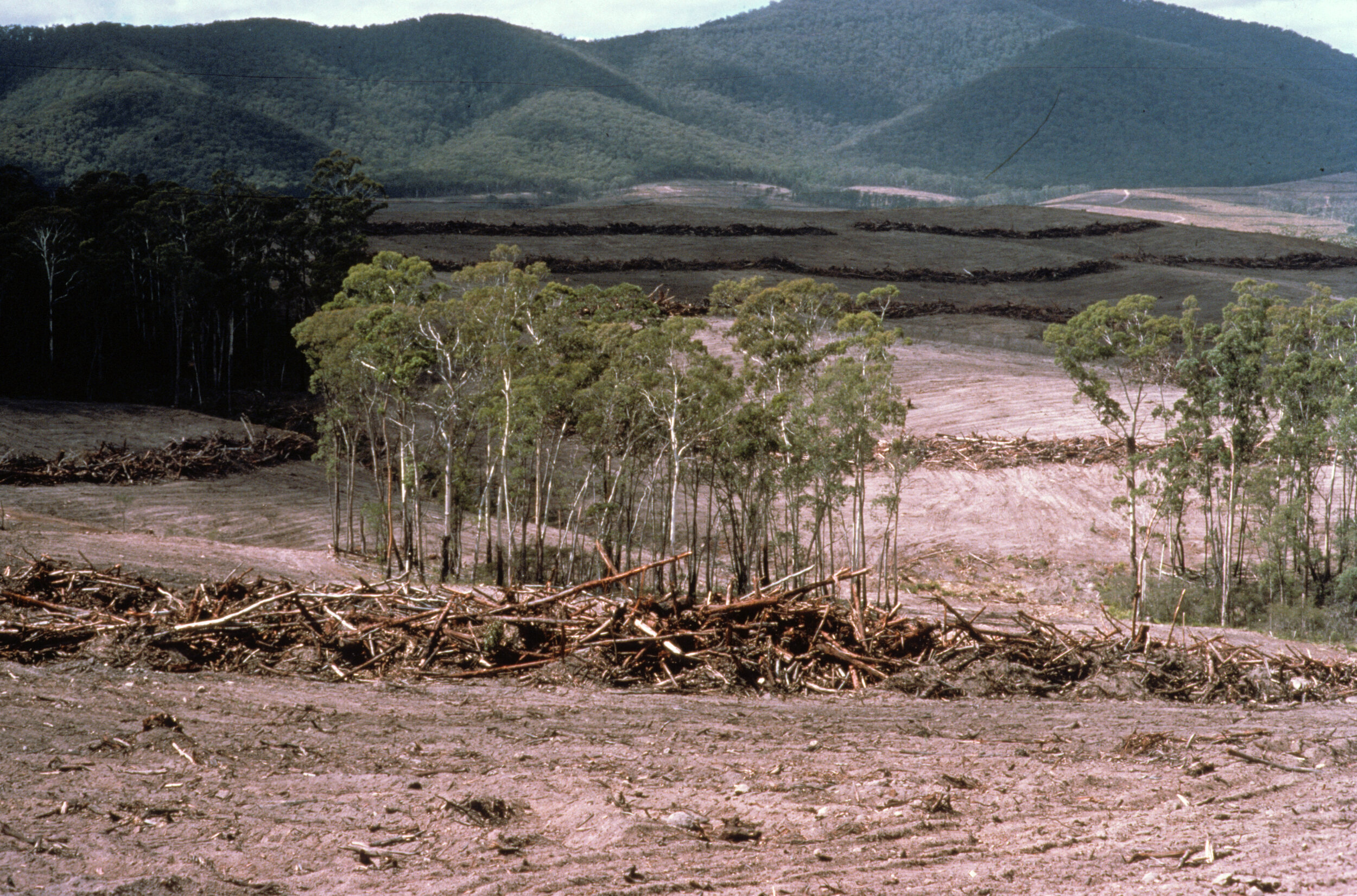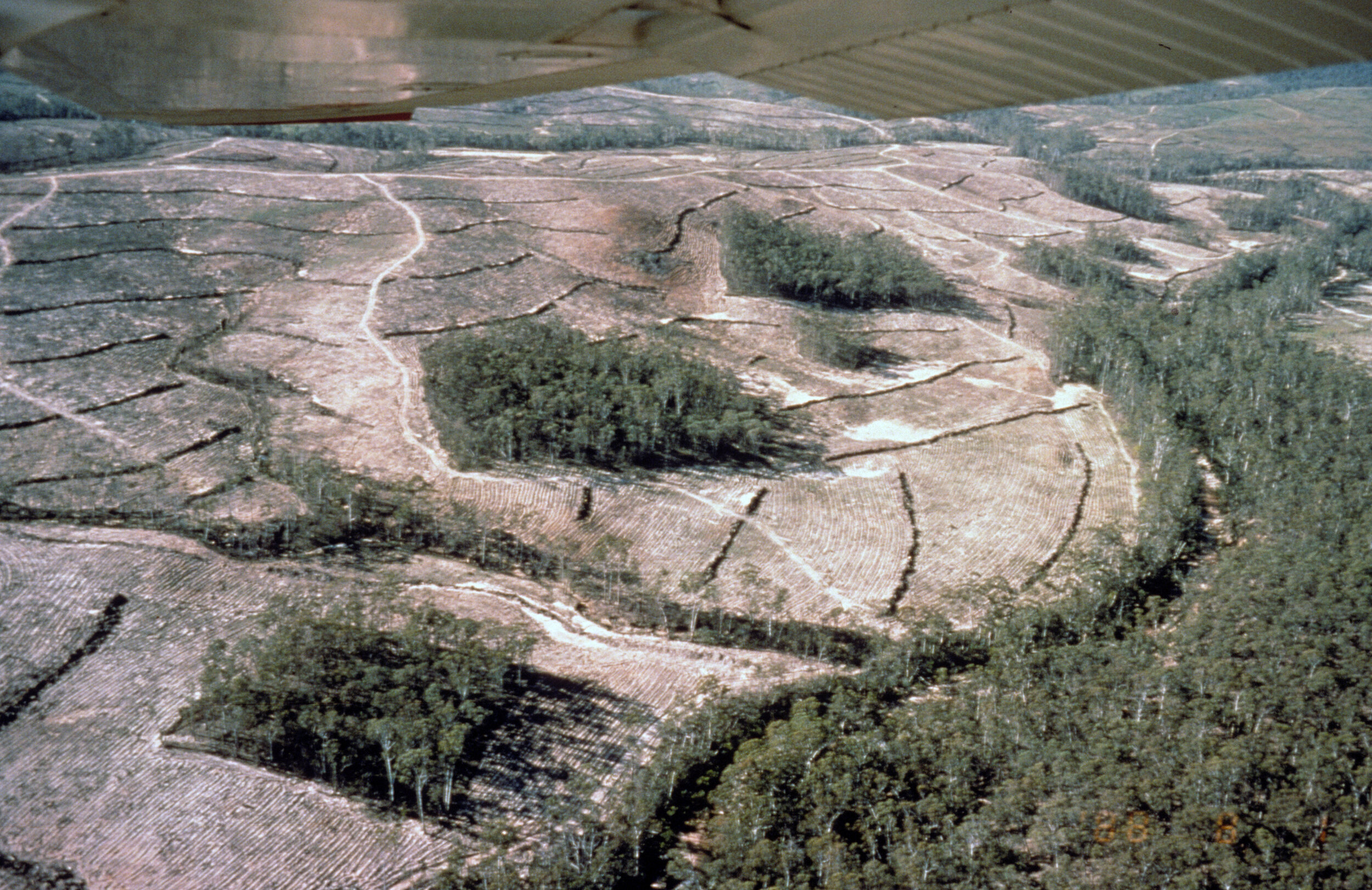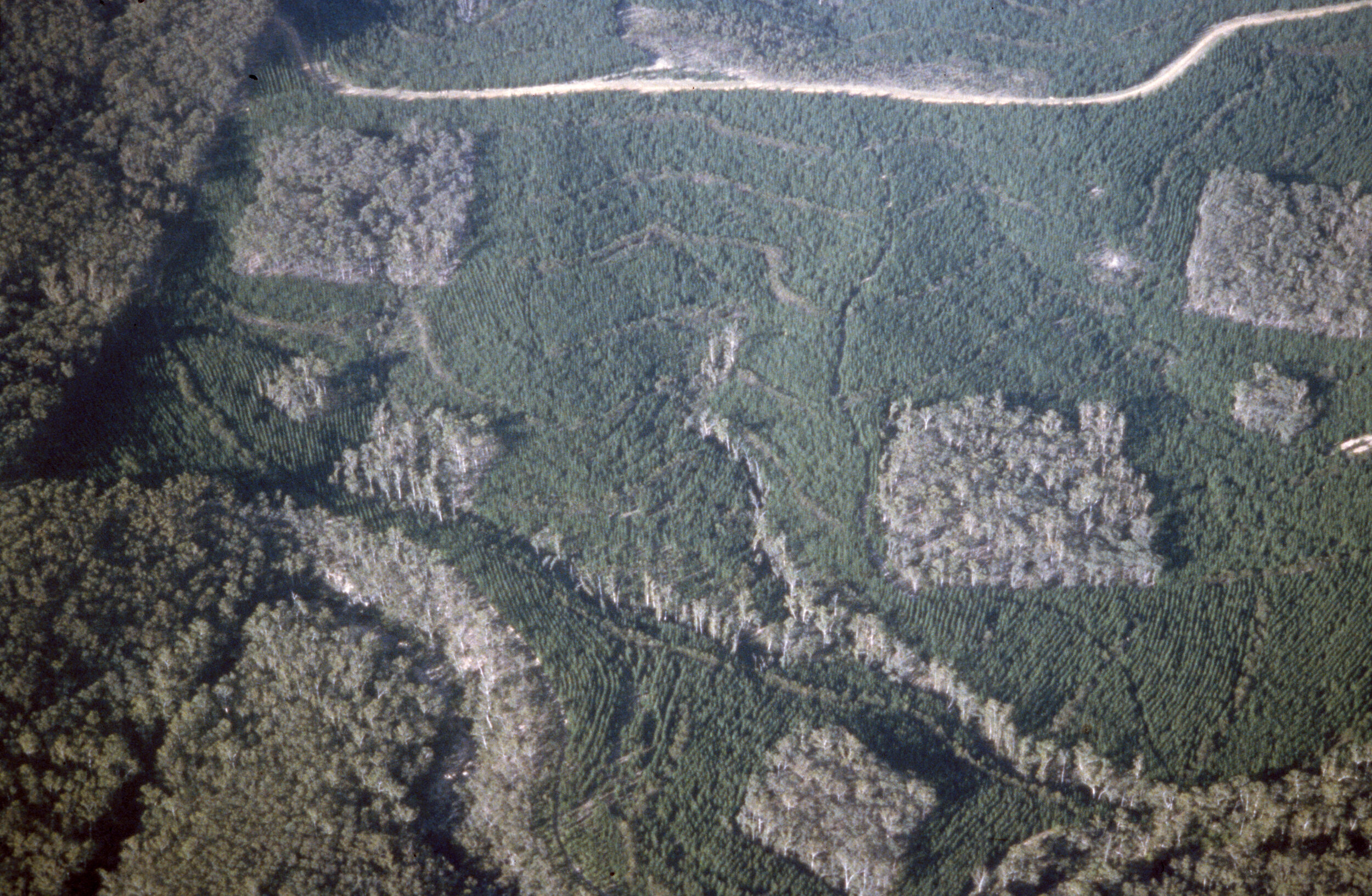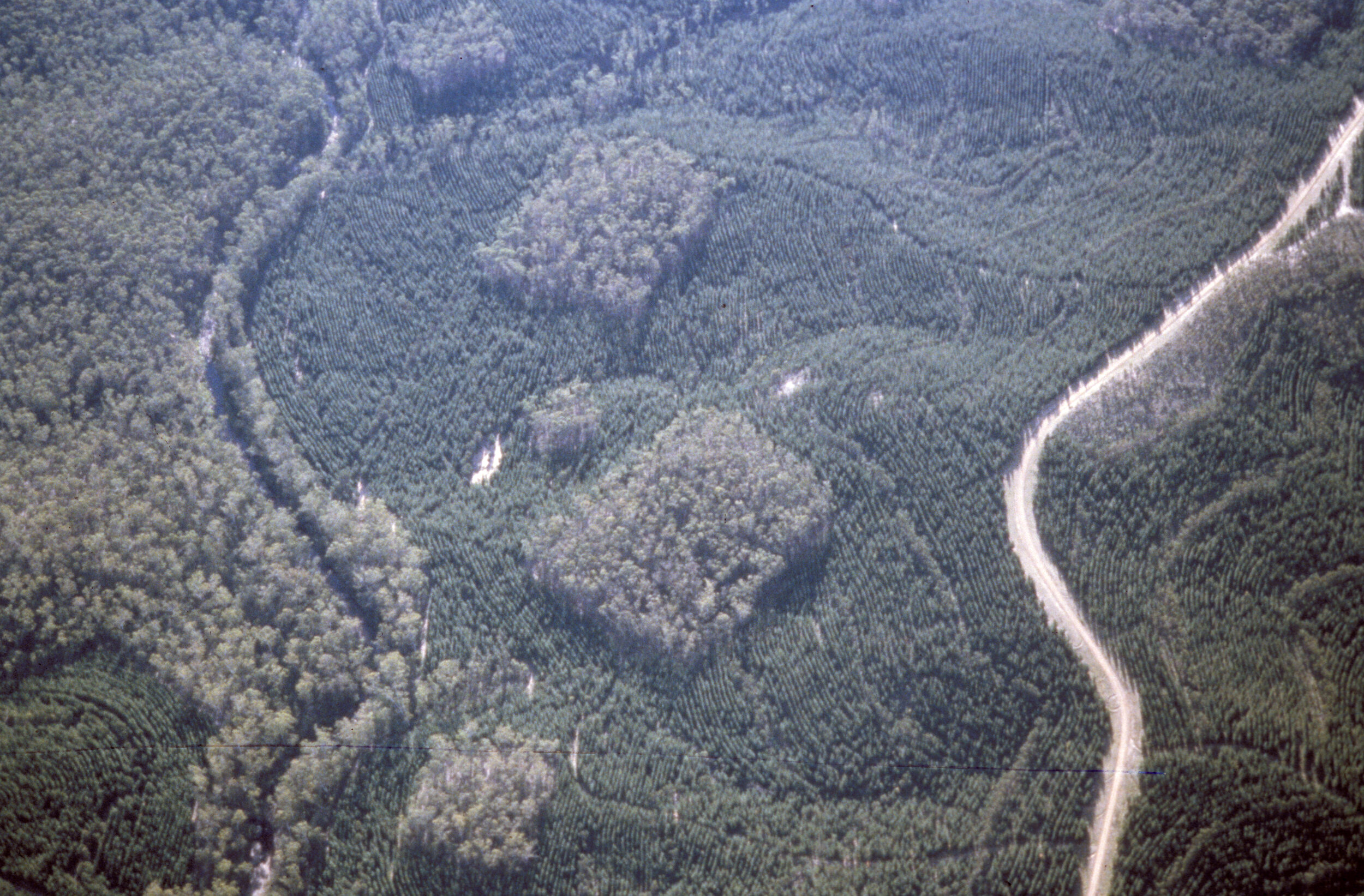
understanding how life
bounces back
Here in the Davies Lab, we study how climate change and forest fragmentation impact biodiversity. We work in the Wog Wog Fragmentation Experiment in southeastern Australia: a large-scale, long-term experiment, now in its 38th year. The experiment was established by CSIRO scientists in 1985. We continue to collaborate with CSIRO and others on our quest to understand how life rebounds from environmental disturbance. Our work is funded by the National Science Foundation.
Since 1985, wog wog has helped us understand the impacts of Disturbance and landscape change
01
Understanding the consequences of fragmentation at large scales
The Wog Wog Experiment was established when native forest eucalypt forest was logged and converted to plantation forestry. Researchers had foresters retain replicate eucalypt forest patches. The Wog Wog experiment is one of the largest scale and longest-running fragmentation experiments worldwide.
02
Understanding how life rebounds from landscape change
For 38 years, we have monitored how the forest and its wildlife responded to forest fragmentation. We have studied over 1000 species of invertebrates, particularly beetles, as well as trees, understory plants, skinks, and birds.
03
Understanding the impacts of mega-fires and climate change
In 2020, the Wog Wog Experiment burned in the Australian mega fires. While devastating, these fires provide a unique opportunity to understand how fire and climate change interact with the impacts of forest fragmentation on biodiversity.
Watch this video to learn more
Latest News
Follow us on social media




















